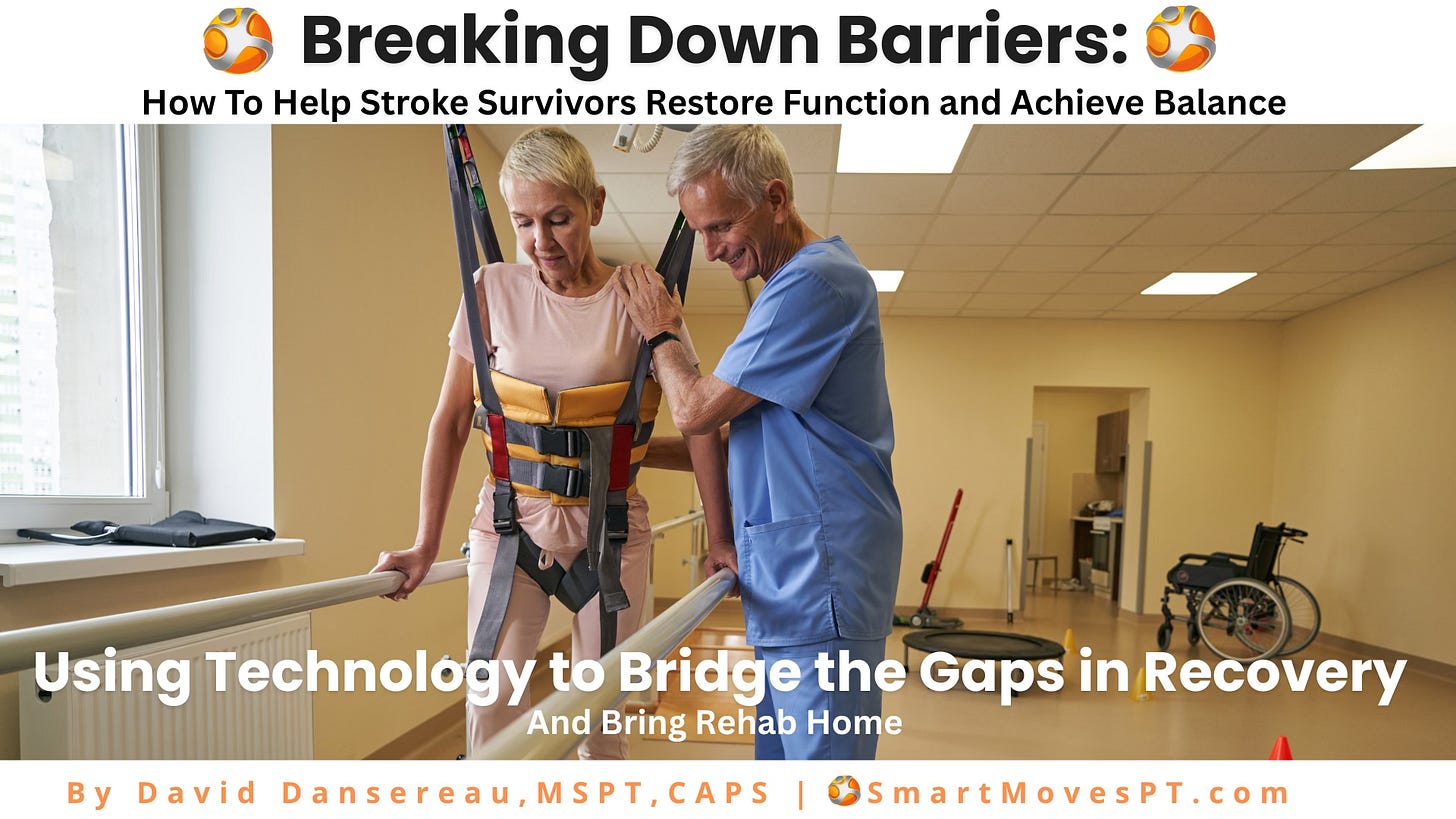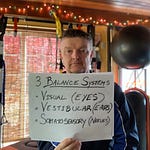Measuring Outcomes with Tech-Enabled Solutions to Overcome the 'Slinky Effect'
The "Slinky Effect," as I described in my last Linkedin article and on my Know Stroke blog, refers to the inconsistent and often regressive nature of stroke recovery, where patients experience periods of progress followed by setbacks often caused by lack of services especially in the later phases of longitudinal care planning and support. This is often where the Slinky bends towards a downward spiral in the rehab outcomes curve I demonstrated in my video. This phenomenon highlights the need for continuous, adaptive, and engaging rehabilitation strategies to maintain momentum in recovery and support survivors throughout their individual recovery journeys.
Emerging technologies offer promising solutions to address these challenges, providing innovative approaches to enhance and sustain stroke rehabilitation. The sad reality is, many of these tech rehab solutions will never get to market and when they emerge from university research labs the challenge just begins.
Getting these rehab tech enabled solutions into users hands, around their waists, or on their feet, and bringing rehab into their home so they can benefit is an uphill climb.
Overcoming these rehab barriers in stroke is something I’ve been writing about and building solutions for during the last half of my career and will be a major theme in my upcoming new book, Closure After Stroke.- David Dansereau
I’ve been blessed throughout my long health and rehab career to have provided care in many roles, from corporate health, wellness and research, to hospital based skilled inpatient, outpatient and home rehab roles, to owning multiple rehab and wellness private practices, to consulting in rehab tech with founders looking to understand clinical rehab workflows, to a clinical lead role in a university engineering and innovation lab studying wearable technologies in medicine , to teaching and mentoring at university on digital health, volunteering for health advocacy and career mentoring in public schools, to a startup founder with many lessons learned in digital health and telerehabilitation reimbursement, and finally to a forever patient advocate to help my clients get access to these great technologies to take charge of their own health, I’ve seen and tried just about all of it and that’s why I’ll be sharing my lessons learned in my new book and providing a brief summary in this podcast episode on the categories of technologies that have potential to improve stroke care and optimize long term stroke outcomes.
Categories of rehab tech highlighted in this episode:
Category 1: Wearable Technology for Home Monitoring and Real-Time Feedback
Category 2. Supported Gait and Robotic-Assisted Therapy
Category 3. Virtual Reality (VR) and Augmented Reality (AR)
Category 4. Functional Electrical Stimulation (FES)
Category 5. Telemedicine and Remote Monitoring
Category 6. Music-Supported Therapy
Category 7. Artificial Intelligence (AI)-Powered Rehabilitation Platforms
By integrating these technological advancements into stroke rehabilitation programs, we can address the challenges posed by the "Slinky Effect," providing patients with continuous, adaptive, and engaging therapy options that they deserve to promote sustained recovery and improved quality of life.
Full chapter deep dive of this podcast episode will be released soon on Know Stroke.














Share this post